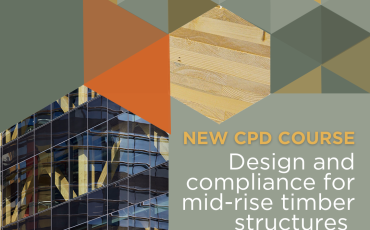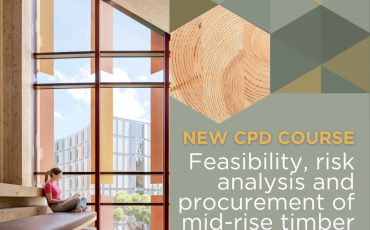Hardwood deck frame in flood zone
We agree, it's very difficult to maintain a complete seal. Even if the bearers are pre-coated all round, the coating may be damaged during installation. Also movement in the timber could break the seal and create an opening for water to enter. It's best to leave the timber uncoated so it can dry out as quickly as possible when the water level drops. Note that all fasteners will need to be stainless steel. You don't mention the type of timber. Preservative treatments have limited penetration into hardwoods and can only be relied on to protect the sapwood.



